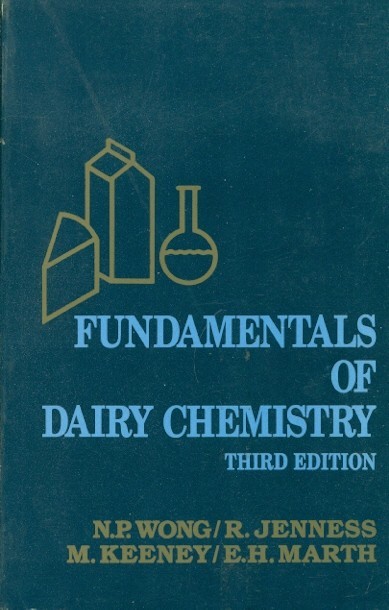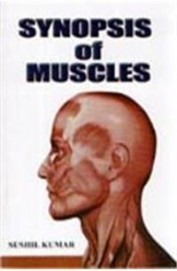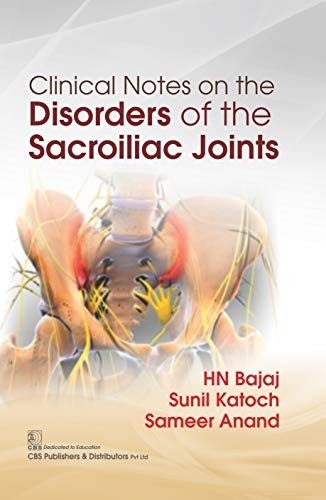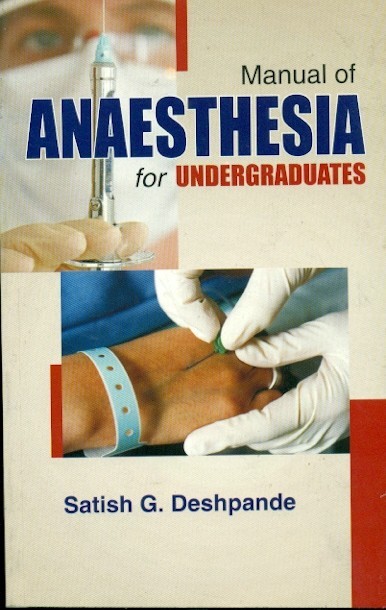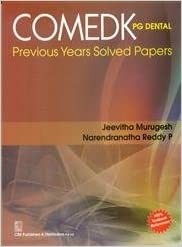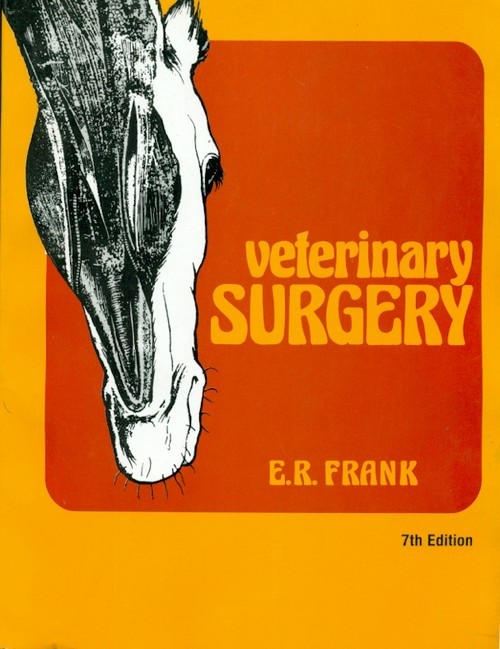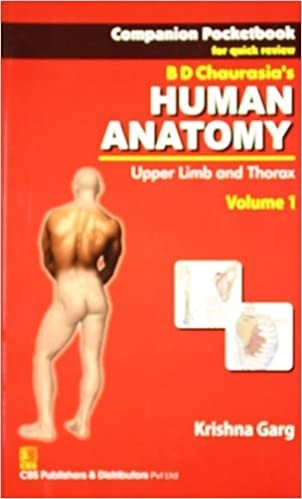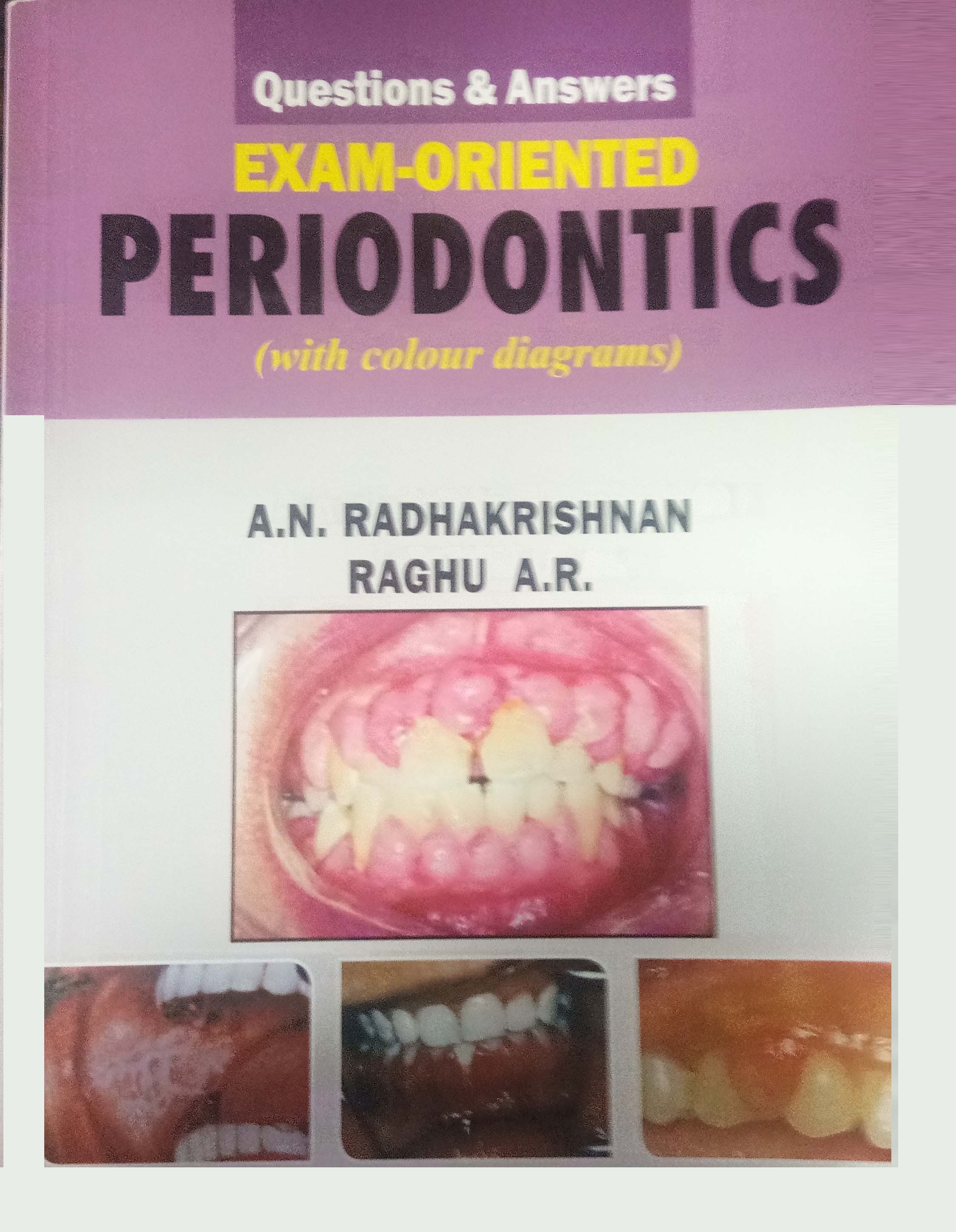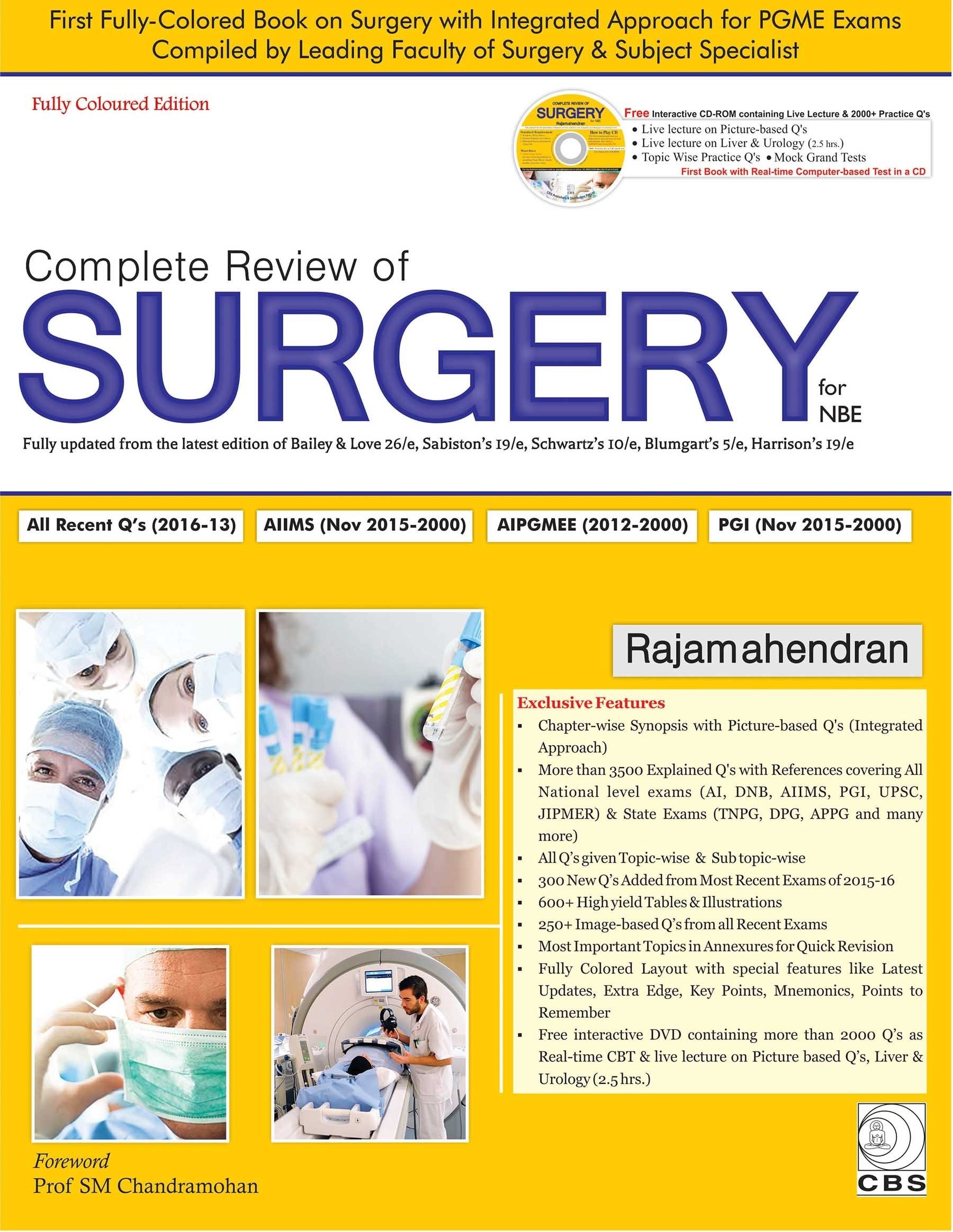Fundamentals Of Dairy Chemistry 3Ed (Pb 2001)
no information available
The third edition Not only is the material brought up-to-date indeed several chapters have been completely re-written but attempts have been made to streamline this edition. In view of the plethora of research related to dairy chemistry authors were asked to reducethe number of references by eliminating the early less significant ones. In addition two chapters have been replaced with subjects which we felt deserved attention: Nutritive Value of Dairy Foods and Chemistry of Processing. Since our society is now more attuned to the quality of the food it consumes and the processes necessary to preserve that quality the addition of these topics seemed justified. This does not minimize the importance of the information in the deleted chapters Vitamins of Milk and Frozen Dairy Products. Some of the material in these previous chapters has been incorporated into the new chapters; furthermore the information in these chapters is available in the second edition as a reprint from ADSA (Vitamins in Milk and Milk Products November 1965) or in the many texts on ice cream manufacture. Originally Fundamentals of Dairy Science (1928) was prepared by members of the Dairy Research Laboratories USDA. Over the years the trend has changed. The present edition draws heavily from the ex- pertise of the faculty and staff of universities. Ten of the 14 chapters are written by authors from state universities three from ARS USDA and one from industry.

